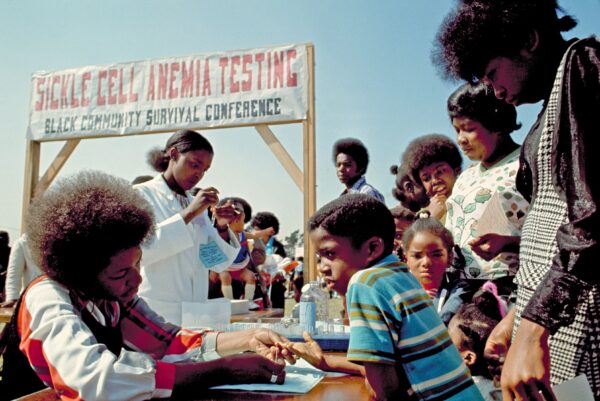Georgia
SS8H5: Analyze the impact of the Civil War on Georgia
SS8H7: Evaluate key political, social, and economic changes that occurred in Georgia during the New South Era
SS8H12: Explain the importance of developments in Georgia since the late 20th century.
L6-8RHSS1: Cite specific textual evidence to support analysis of primary and secondary sources.
L6-8RHSS3: Identify key steps in a text’s description of a process related to history/social studies (e.g., how a bill becomes law, how interest rates are raised or lowered).
L6-8RHSS7: Integrate visual information (e.g., in charts, graphs, photographs, videos, or maps) with other information in print and digital texts.



